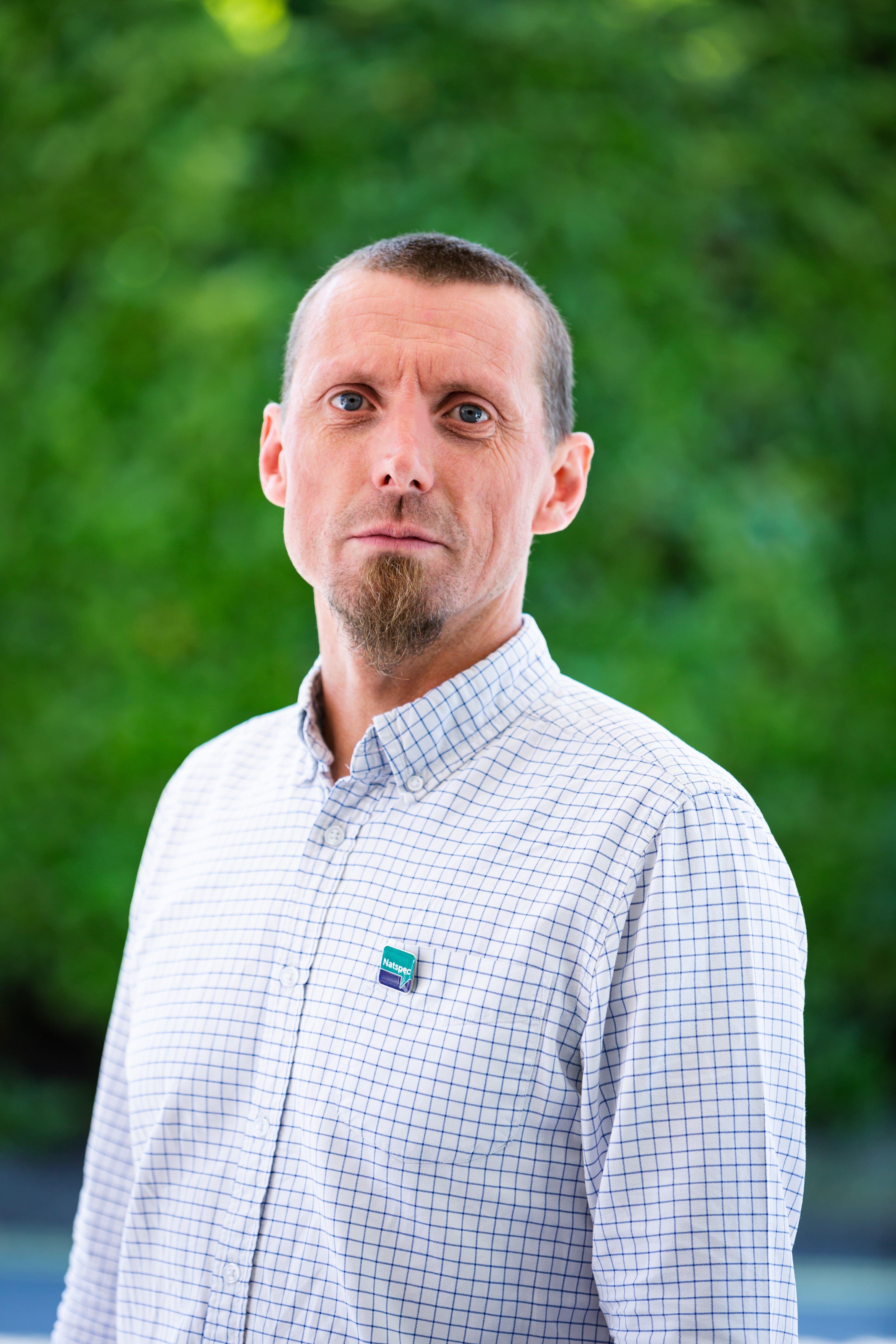British AT Scholar in the USA
Fil McIntyre
Manager and Assistive Technology Lead at TechAbility
AT Scholar 2025
Flying from Manchester to Orlando to attend the world’s largest Assistive Technology (AT) conference, is an opportunity you just can’t pass up. This January, I was lucky enough to attend the Assistive Technology Industry Association (ATIA) conference as one of the British Assistive Technology Scholars for 2025.
Working for a non-profit, membership organisation and suggesting a trip to a high-profile conference in Florida would be optimistic at best. However, the AT Scholar programme generously funds UK-based practitioners to attend ATIA, giving a chance to explore the latest innovations, bring back valuable insights, and share our own practice with an international audience.
Preparing for ATIA attendance was a challenge in itself. Unlike the familiar scale of UK conferences, this event is enormous. Across just two and a half days, there were hundreds of breakout sessions to choose from, with 30 to 40 options running parallel during any given slot. Add to that poster sessions, live product demonstrations, keynote speeches, and a large exhibition.
Reflecting on the experience, three key themes stood out to me: Content, Conversations and Kit.
Content
It wasn’t planned, but my first and last breakout sessions both focused on leadership in AT—a perfect way to frame the experience. The final session, led by the renowned Mike Marotta, opened with a simple yet impactful statement: “You are all leaders in this room.”. For a room full of delegates nearing the end of a demanding few days, it was amazing encouragement and highlighted how integral AT should be to education, care and health delivery. Mike was joined by Karen Janowski and Christopher Bugaj, and together they ensured the session was a model of accessibility, incorporating features like auto-captioning, microphone use, and collaborative tools.
Another standout session, presented by Carole Zangari and Caroline Musselwhite, encouraged participants to look ahead two years and identify the critical issues that must change within AT. Mentorship emerged as a central theme, with insightful discussions on how it benefits not only the mentee but also the mentor. If you’re curious to dive deeper, check out Bookend sessions at ATIA 2025 for a more thorough exploration of these leadership topics.
Conversations
While presentations are undoubtedly valuable, the real magic happens in the conversations they inspire. ATIA excelled at fostering meaningful dialogue, offering plenty of opportunities for delegates to connect, exchange ideas, and challenge assumptions. Whether it was in the corridors, over a cup of coffee, or during dinner, I found myself engaged in countless discussions that expanded my thinking.
One recurring theme was the contrasting approaches to AT assessment in the US and the UK. These conversations challenged some of my preconceived notions about provision systems and sparked plenty of ideas for improvement. Interestingly, despite travelling over 4,000 miles, I also found time to engage with fellow UK professionals, and those evening catchups were just as enlightening.
These exchanges left me with a clear takeaway: In the UK, we need to create more opportunities for AT practitioners to come together, share ideas, and innovate collaboratively.
Kit
The exhibition hall at ATIA showcased an impressive range of the latest assistive technology, offering live demonstrations and hands-on experiences. Here’s some highlights:
- Cato Motion Sensitive Mouse Replacement: Developed by Auli.tech, this device can be used with any part of the body or attached to glasses, a cap, or a headband. It offers an alternative, or an addition, to eye-gaze access.
- Mouthpad from Augmental Technology: “Smart mouthwear” which is worn in the roof of the mouth and connects via Bluetooth. It picks up head movements and tongue gestures, providing a new way for users to interact with technology
- AAVAA Headband: This device detects blinks, facial gestures, and head motion using EEG sensors. It claims improved accuracy through AI and comes in various forms, including glasses-mounted and headphone versions
- Lotus Ring: a product for home control that does not require Wi-Fi connectivity. It consists of a cover placed over a switch, such as a light switch. This cover includes batteries and an actuator which physically flicks the switch. You point it towards the light switch and press the small button on the ring to activate and turn on the light.
Recommendation
Obviously, I’d love to go to ATIA again next year but understandably a scholarship scheme like this needs to be shared out! If you work in assistive technology and want an unrivalled learning experience, along with a little Florida sunshine in January, I’d encourage you to put your name forward to be an AT Scholar for 2026.
To learn more or to apply for AT Scholar 2026 program please visit www.acecentre.org.uk/at-scholar

